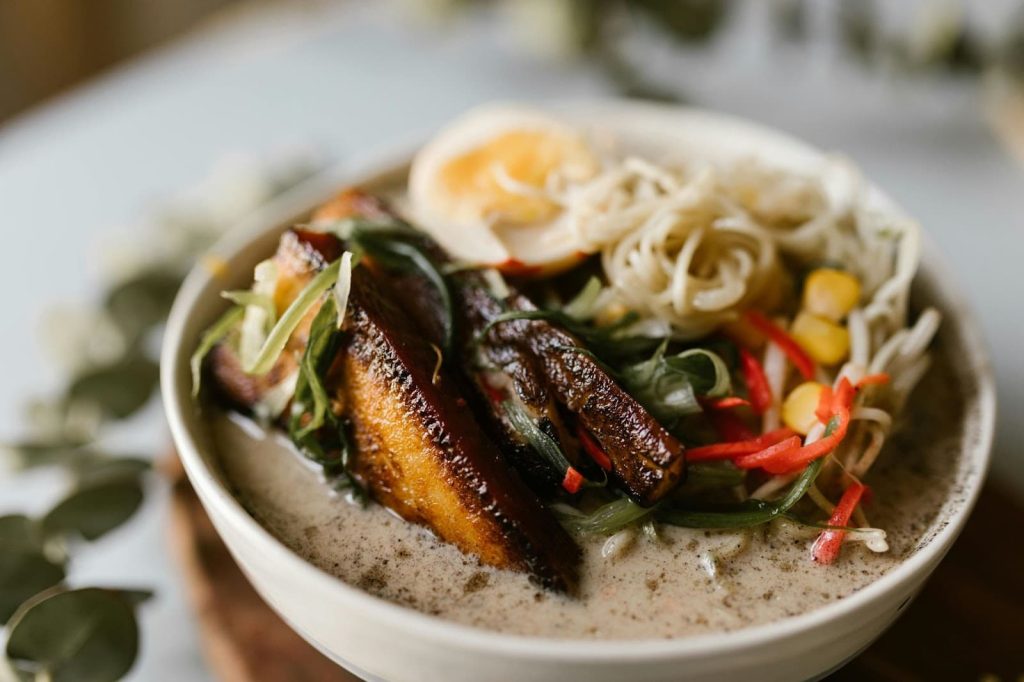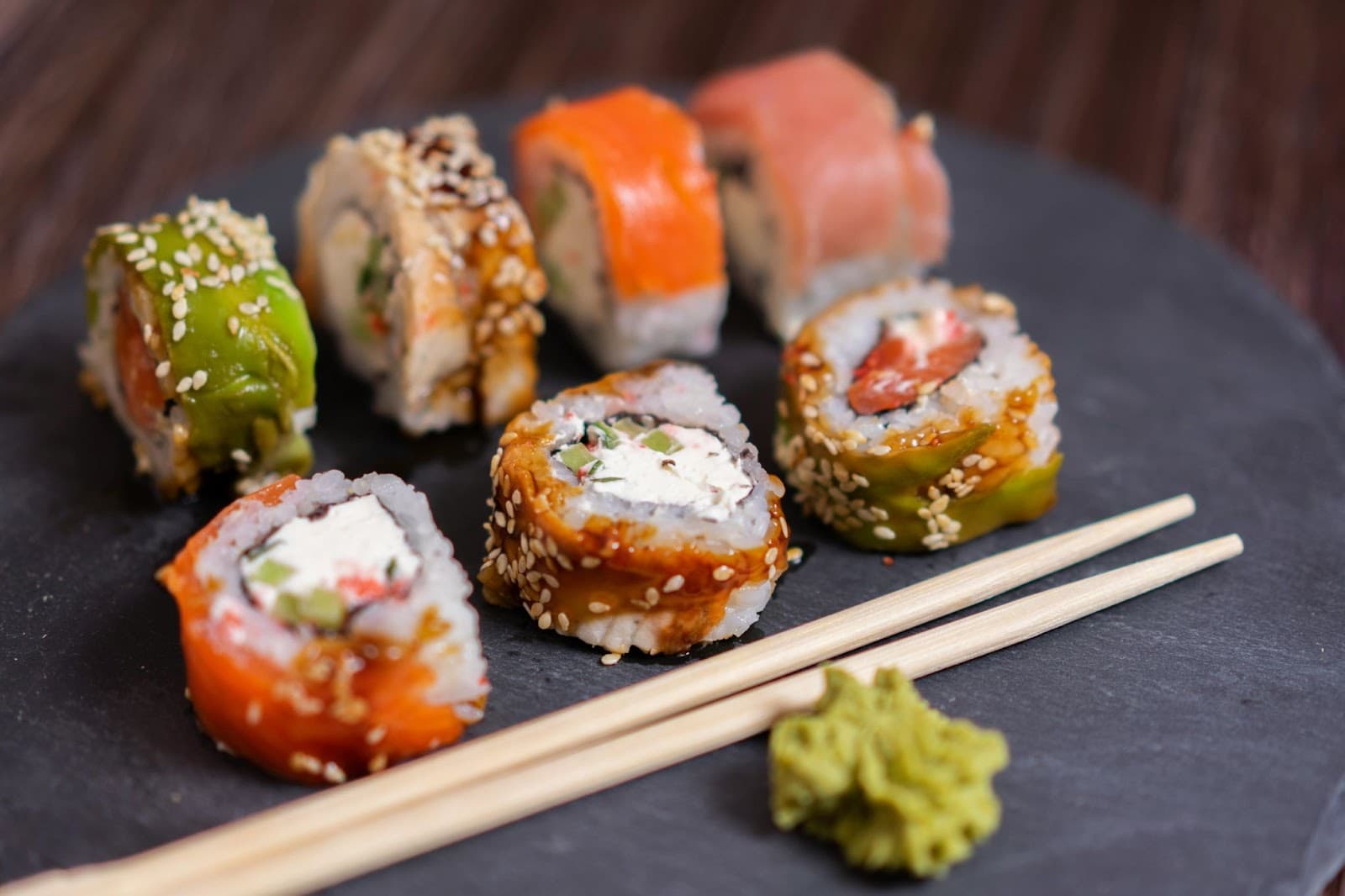Have you ever wondered how a simple dish sold on a bustling street corner can transform into a gourmet masterpiece served in Michelin-starred restaurants? Food has a fascinating way of evolving, often reflecting the cultural, economic, and social changes of society. What starts as a humble, everyday meal can, through innovation and refinement, become a symbol of luxury and exclusivity. But what makes a dish worthy of such a transformation? Is it the quality of ingredients, the artistry of chefs, or simply the passage of time that elevates street food to fine dining?
The journey of iconic recipes from street food stalls to prestigious restaurants is an intricate dance between tradition and reinvention. This transformation does not happen overnight but rather through generations of adaptation, experimentation, and refinement. Let’s explore how some of the world’s most beloved street foods have made their way onto the finest dining tables.
Humble Beginnings: The Power of Simplicity
Street food is, at its core, an expression of necessity. Many of the world’s most famous dishes were born out of a need for quick, affordable, and flavorful meals for workers, travelers, or the urban poor. The simplicity of these dishes often belies their deep cultural roots and complex flavors.
Consider tacos, a staple of Mexican street food. Originally a simple meal for miners and laborers, tacos have been enjoyed in their most basic form—grilled meat, fresh tortillas, and a splash of salsa—for centuries. Over time, they have been elevated into gourmet experiences, with high-end restaurants offering versions filled with Wagyu beef, black truffle, and caviar.
Similarly, ramen, once an inexpensive comfort food for the working class in Japan, has been transformed into a high-art cuisine in restaurants worldwide. Chefs now dedicate years to perfecting broth recipes, selecting the finest noodles, and curating toppings that enhance the dish’s umami profile.
Refinement and Reinvention: The Fine Dining Transformation
What sets apart a street food dish from its fine-dining counterpart? The transformation often comes down to three key factors: ingredient quality, preparation techniques, and presentation.
- Ingredient Quality – High-end restaurants have access to premium ingredients that are often unavailable to street vendors. A simple burger, when made with dry-aged beef, artisanal cheese, and a brioche bun, becomes a gourmet experience.
- Preparation Techniques – The precision and attention to detail in fine dining elevate dishes to another level. Chefs use techniques like sous-vide, molecular gastronomy, and fermentation to enhance flavors and textures.
- Presentation – While street food is often served in a grab-and-go format, fine dining transforms the same dish into a visually stunning experience. The same dumpling eaten on a street corner may be served in a dimly lit restaurant on fine porcelain with delicate garnishes.

Take sushi as an example. Originally a fast, cheap meal for Japanese fishermen, sushi has become a luxury experience, with top-tier restaurants offering hand-crafted nigiri made with fish flown in daily from Tokyo’s Tsukiji market. The journey from a quick snack to a $500-per-person omakase experience is nothing short of remarkable. Iconic Street Foods and Their Fine Dining Versions
| Street Food | Origin | Fine Dining Equivalent |
|---|---|---|
| Tacos | Mexico | Wagyu tacos with truffle and gold leaf |
| Ramen | Japan | Truffle-infused ramen with slow-cooked Wagyu |
| Pizza | Italy | Black truffle and burrata pizza with sourdough crust |
| Sushi | Japan | Michelin-starred omakase sushi with aged fish |
| Burgers | USA | Kobe beef burger with foie gras and aged cheddar |
Why Do Some Dishes Make the Leap?
Not all street foods achieve fine-dining status. Some remain humble despite their popularity. What makes the difference?
- Versatility – Some dishes, like pizza and tacos, are incredibly adaptable, allowing chefs to experiment with flavors, textures, and ingredients.
- Cultural Influence – Foods with deep cultural significance often find their way into fine dining as a way to preserve heritage while pushing culinary boundaries.
- Popularity & Demand – When a dish becomes globally beloved, the desire to elevate it increases. Food lovers want both authenticity and innovation.
A fascinating example is fried chicken. Once seen as a cheap and greasy fast-food item, it has been transformed in restaurants like Eleven Madison Park into a fine-dining delicacy, brined for days, fried in clarified butter, and served with gourmet sauces.
The Eternal Evolution of Food
Food is never stagnant—it continuously evolves. What was once a necessity may become a luxury, and today’s fast food could be tomorrow’s gourmet delicacy. The journey of street food into fine dining is not just about elevating ingredients or using elaborate techniques; it’s a tribute to culinary heritage and a celebration of creativity.
So the next time you enjoy a simple, delicious meal from a street vendor, ask yourself—could this dish be the next big thing in haute cuisine? After all, isn’t the magic of food its ability to surprise, delight, and adapt to the ever-changing tastes of the world?
FAQ
Why do some street foods remain unchanged while others become gourmet?
Some dishes are so perfect in their simplicity that changing them would take away their essence, while others have room for creative reinvention.
What is an example of a failed attempt to elevate street food?
Some high-end takes on hot dogs, using foie gras or gold flakes, have been criticized for losing the original charm and accessibility of the dish.
Could fast food ever become fine dining?
Absolutely! With the right ingredients, presentation, and culinary techniques, even a humble cheeseburger could one day be served with a Michelin star.

